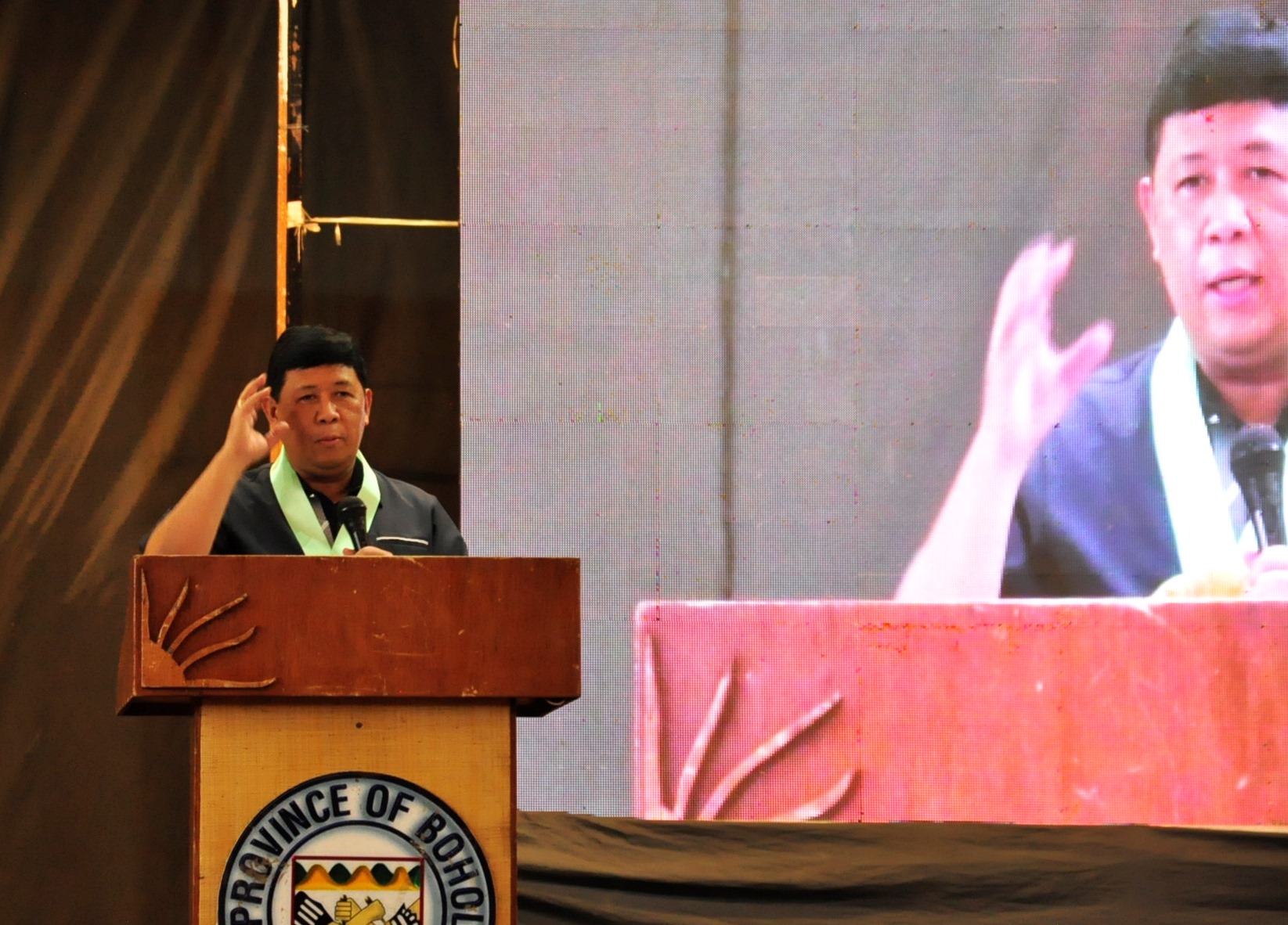AYUNGON, Negros Oriental, Feb. 15 (PIA) -- Coconut farmers in Negros Oriental can now avail of the different programs and services of various government agencies that are funded by the Coco-Levy Fund and are geared towards uplifting their socio-economic conditions and strengthening of the coconut industry.
This was emphasized during the CFIDP Information Caravan held here on Feb. 9 and attended by local coconut farmers and representatives of local government units (LGUs) in the first district of the province.
CFIDP stands for the Coconut Farmers and Industry Development Plan which serves as the blueprint for utilization of the P100-B Coco-Levy Funds to increase the productivity in the coconut sector and improve the lives of coconut farmers.
It was created and approved through Executive Order 172 signed by former Pres. Rodrigo Duterte in 2022.
The R.A. 11524 which created the Coconut Farmers and Industry Trust Fund required a CFIDP to outline the main programs for the utilization of the said funds.
The Philippine Coconut Authority (PCA7) together with the Agricultural Training Institute (ATI7) led the activity to educate coconut farmers about the governing laws on the utilization of the Coco-Levy Funds and the programs and services aligned with CFIDP.
The CFIDP has seven components ranging from social protection, coconut farmers organization and development, hybridization, community-based farm enterprise development: farm rehabilitation and improvement, integrated coconut processing and downstream products, innovative research projects, and support services.
The PCA served as the lead agency in crafting the CFIDP in collaboration with other line government agencies as directed by RA 11524.
PCA7 Regional Director Brendan Trasmonte explained a gist of the utilization of the coco-levy fund.
“Each agency naa sila allocation at the national level like P10 billion kung ang usa ka agency gets 10% that will be P100 million. That’s annual. Next year they get another fresh allocation. Every year naa siya i-implement na program which they are mandated (Each agency has an allocation at the national level. Let’s say one agency gets 10% of it, that’s P100 million. That’s annual. Next year they get another fresh allocation. Every year, the agency has to implement a program that is mandated),” Trasmonte said.
He stressed that these programs must be consistent with the components of the CFIDP.
PCA7 Project Development Officer Aurora Paquibot said that under the social protection component of the CFIDP, coconut farmers and their dependents can avail of health and medical programs from the PCA and PhilHealth, crop insurance from the Philippine Crop Insurance Corp. (PCIC), scholarships from the Commission on Higher Education, and trainings and farm schools from ATI and the Technical Education and Skills Development Authority (TESDA).
Meanwhile, other programs for coconut farmers and the coconut industry such as mechanization, infrastructure development, loan facilities, research and development, marketing and value adding services, and cooperative organization were discussed by representatives from Department of Science and Technology, Department of Agriculture, Department of Trade and Industry, National Dairy Authority, PhilMec-7, Department of Public Works and Highways, LandBank, and Cooperative Development Authority.
Also present to discuss their programs and support to farmers were officials from TESDA, PCIC, ATI7, Municipal Government of Ayungon, and the Provincial Government of Negros Oriental headed by Gov. Roel Degamo.
Rosito Tilos, a coconut farmer in Ayungon who participated in the caravan, was interested on how to avail of these services.
“Magpaabot na lang ko unsay pamaagi basin mahatagan mi og giya unsaon pag-avail ana (I would like to know more about the application process. Hopefully they share further guidance on how to avail of these services),” Tilos said.
Trasmonte said those who are covered by the program are coconut farmers who own at least half a hectare of land to maximum of five hectares of coconut farms.
Other beneficiaries include land administrators, caretakers, overseers, coconut growers, and land tenants or farm workers.
However, they should register first with the National Coconut Farmers Registry System before they can become qualified beneficiaries of the said programs.
PCA is targeting 132,000 coconut farmers to be enrolled under the NCFRS. (RAL/PIA7 Negros Oriental)




